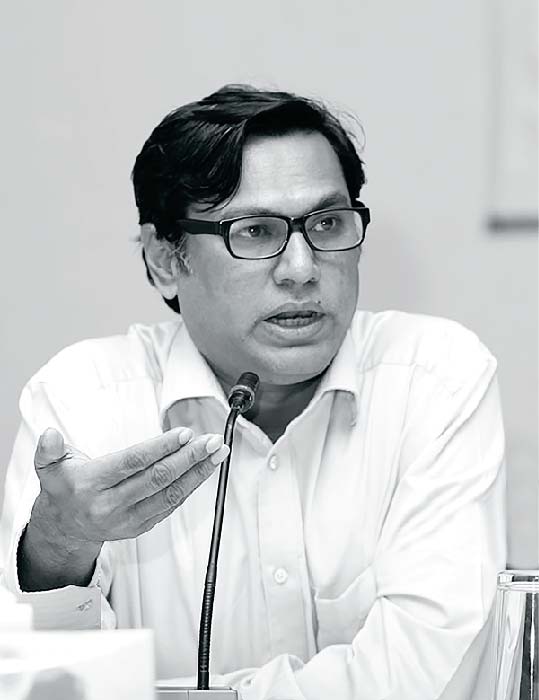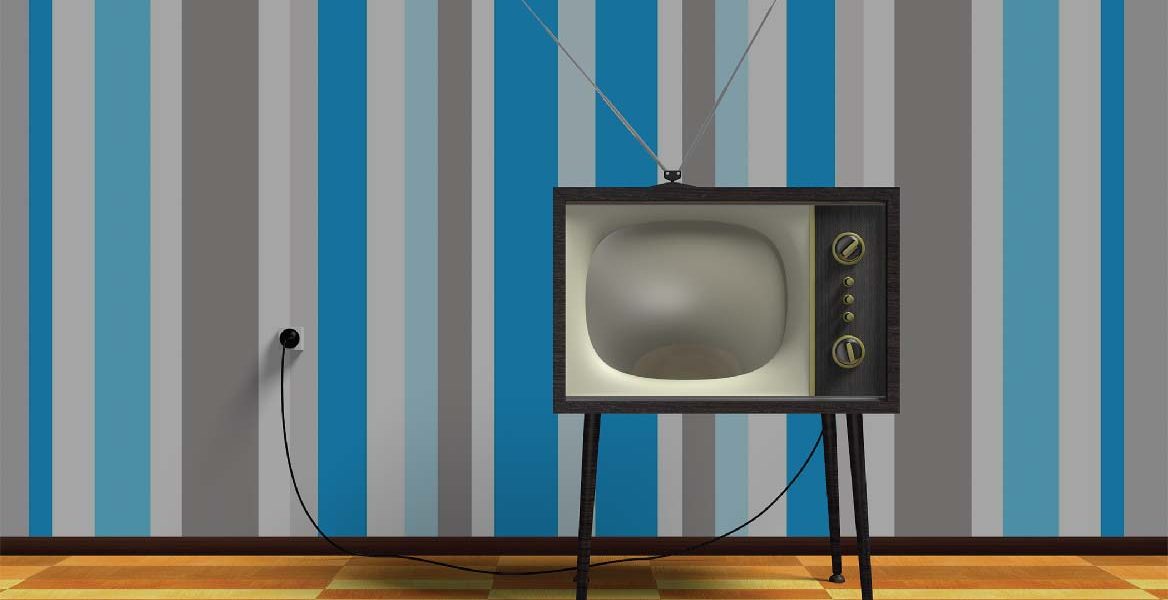By Dr A J M Shafiul Alam Bhuiyan
Whenever a new medium appeared on the scene, there was a hue and cry about the future of the old ones. With the arrival of radio, many people heralded the death of newspaper because radio listening was more easily comprehensible than newspaper reading and did not require any literacy.
With the advent of television, many people apprehended the death of radio because television incorporated the features of radio along with something more. Because of the addition of visuals, people found television messages easier to grasp than radio messages. Now many people are concerned about the future of television and film with the proliferation of online media. The Internet-based new media pose many challenges to all the previous media. The Internet as a multimedia system including audio, video, and text can accommodate all the earlier forms of media.
Bangladeshi television channels have also caught up with this social media reality. For example, Somoy TV has created a mobile application for viewers to have access to news
The Internet-based media are digital, interactive, hypertextual, virtual, networked and simulated. Digital compression allows storing a huge number of files in a tiny space. Retrieval of data is also fast and reliable. The interactive nature of the new media allows the participants to instantly post their reactions and through this, they get engaged in two-way communicative actions. Hypertextuality allows them to suture multi-dimensional contents together. Digital media can create virtual realities and allow simulate anything or situation. They allow interconnections between people across borders, compressing time and space. All these characteristics made the new media effective, influential and attractive to a large number of people. The internet-based social media with their varied characteristics have posed insurmountable challenges to television.
Overcoming the challenges of the new media, each of the old media eventually survived but they had to adapt to the new conditions. Television is also undergoing a transformation. In order to understand this transformation, we need to know what television is.
Television refers to many things to many people. First, it refers to an electronic device which can receive and display audio-visual content in the form of electronic signal—the TV set. Second, it refers to the process of transmitting audio and video over the airwave or through satellites or cables. Finally, it also refers to an industry—television industry. The television industry is split into three segments: production, distribution and consumption. Production entails a process of creating content. Contents include news and entertainment. Content production requires skilled manpower and production technologies such as camera, edit panels, and light and sound equipment. Distribution requires a secured system to send television contents from production centres to people’s homes. Consumption requires the availability of a reception device and willingness and ability of people to receive contents.

Professor and Founder Chair of Department of Television, Film and Photography of University of Dhaka
Over the years, development in television technologies and micro-electronics and changes in consumer demand have swamped all the three areas of the television industry. A wide variety of contents is produced with sharper images, following improvements in camera and editing technologies. Transmission became better, wider and global with the availability of powerful transmission systems based on fibre optic cables and communication satellites. A myriad of reception devices including digital television sets are available. The diffusion of digital technologies and computer has further jolted the television industry by affecting almost every area of the industry.
The hybridization of television and the Internet and wide diffusion of personal touch screen devices such as smartphone and tablet have profoundly changed the experience of watching audiovisual content and encouraged some to invoke the idea of a post-broadcast or a new television era. Italian communication studies scholar Alberto Marinelli goes on to say that we are observing the emergence of new television services called “connected television” weaved by a multitude of players including broadcasters, micro-electronics companies such as Sony and Samsung, digital behemoths such as Google, Apple and Microsoft, and over the top services such as Netflix and Hulu. This is more like an emerging pattern than a specific device or technological standard. Television contents are increasingly becoming independent of both the distribution platform and the display devices, offering new television experiences to the audience. She also talks about the emergence of new consumption practices with the phenomenal growth of handheld screen devices such as smartphones and tablets. Many people now live in a multi-screen environment by tapping smartphones during television viewing. The proliferation of handheld screen devices with Internet connections contribute to strengthening the social value of television. Television viewers post comments, pictures, and reactions on the social media like Facebook, Twitter, and Instagram. Viewers give their opinions about programs by using TV channel created mobile apps and seek program related information from the social media sites of different programs.
Overcoming the challenges of the new media, each of the old media eventually survived but they had to adapt to the new conditions
Bangladeshi television channels have also caught up with this social media reality. For example, Somoy TV has created a mobile application for viewers to have access to news. Most television channels use Facebook to announce the schedules and names of the stars and guests featuring in the programs and YouTube to upload programs. Dramas, Musicals and talk shows are popular contents on YouTube for many Bangladeshi viewers.
Many people like the former CEO of Google Eric Schimdt believe that the Internet is fundamental to the future of television. He delivered the Mac Taggart lecture to television broadcasters in Edinburgh in August 2011. In the lecture, Schimdt talked about the convergence of different technologies and contents and more specifically about convergence between television and the Internet. Convergence is evident between televisual and net based interactivity, in the uses of software, display screens, and program format. The televisual landscape is increasingly becoming web-centric. The emergence of Internet televisions and on-demand TV services like immensely popular BBC iPlayer are examples of this web-centricity.
The future of the television industry relies on innovative contents and niche marketing.

